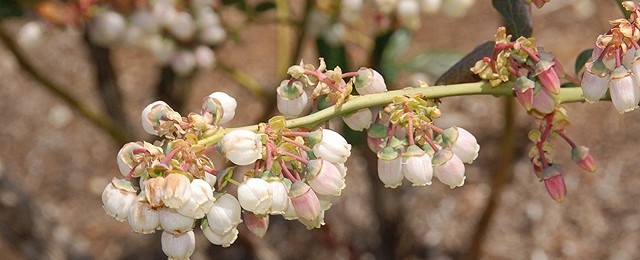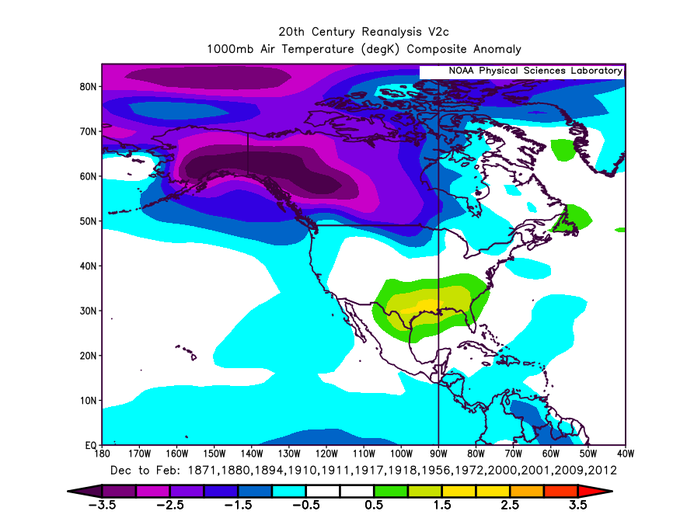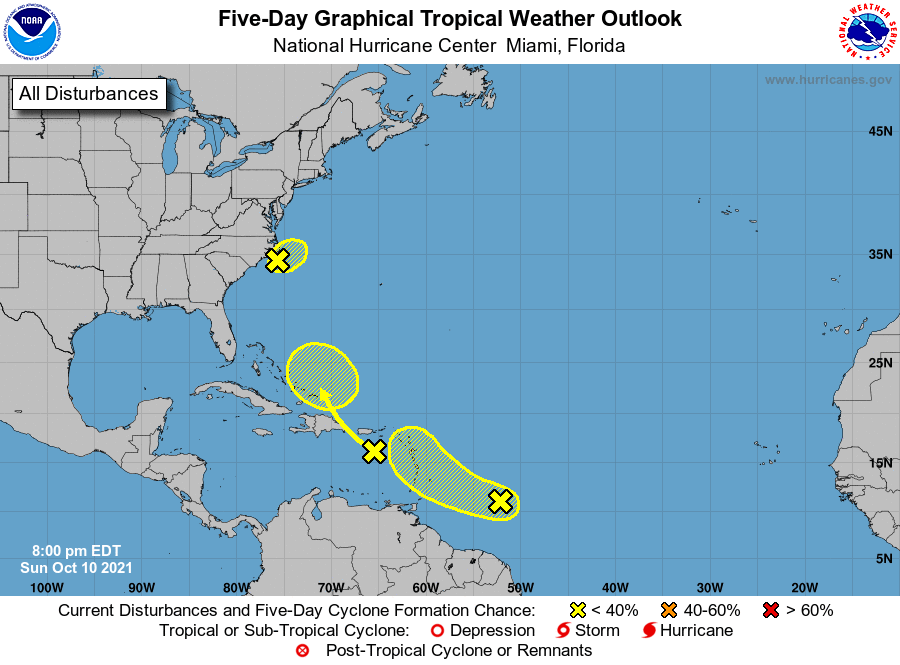Climate and Ag in the news
-

Growing Produce posted a story this week about a survey of blueberry growers in Florida and what their plans are for next year and the future. In the slide show it discussed some of the methods that producers are using to help with their production. They listed smart irrigation, weather stations, and soil monitoring as…
-

I was recently featured in a story by Yale Climate Connections about how livestock farmers in the Southeast are protecting their animals from heat stress using shade structures, fans, misters and other techniques. Fortunately, it has not been much of a problem this year, but in future years it could be more of an issue.…
-

As expected, today NOAA issued a La Niña Advisory, indicating that La Niña conditions have developed and are expected to continue with an 87% chance of La Niña in December 2021- February 2022. We’ve been expecting this for a while, but it takes several months after signs start to appear before one is officially declared.…
-

It’s a little early to talk about suggestions for holiday presents, but I got this list of climate fiction books from Outside magazine in my email today and thought I would jump in. With supply issues likely to be a problem as we get closer to Christmas, you might want to get a headstart on…
Posted in: Climate and Ag in the news -

Here is another weather-related lesson plan, this one for younger grades from NASA. In it, the students design and build their own rain gauges to measure daily rainfall. This teaches them about engineering skills as well as a better understanding of how to measure rain. You can view more information and download a teachers’ guide…
-

Reuters posted a story this week on how one vineyard owner in France is increasing his income and improving his wines by putting solar panels above his grapevines. The solar panels produce energy that can be used or sold. The panels provide shade to the vines to help keep them cooler in warming weather. The…
Posted in: Climate and Ag in the news -

(UPDATE: New map as of 10:30 pm) I’ve been getting a few questions about how quiet the tropics are right now and whether we are done with the tropical season for this year. Here is the answer from Bryan Norcross, a television meteorologist from Miami with many years of experience in tropical weather. I follow…